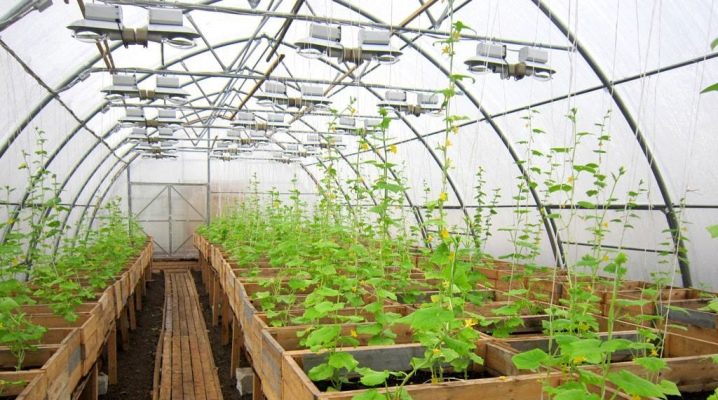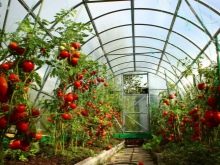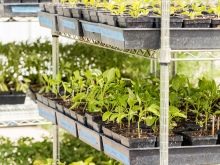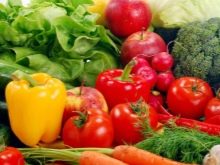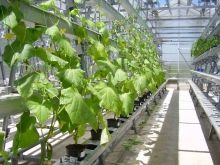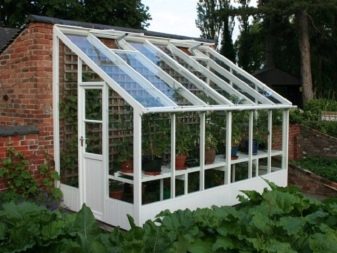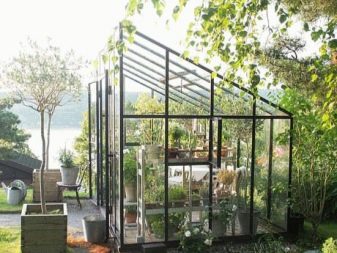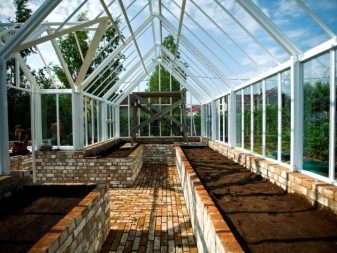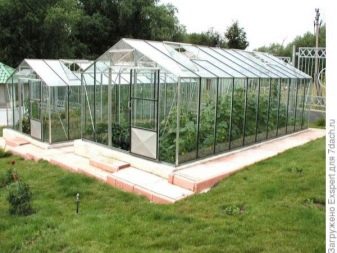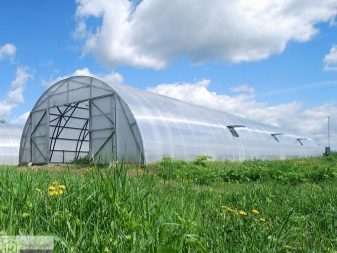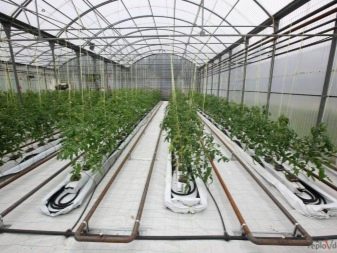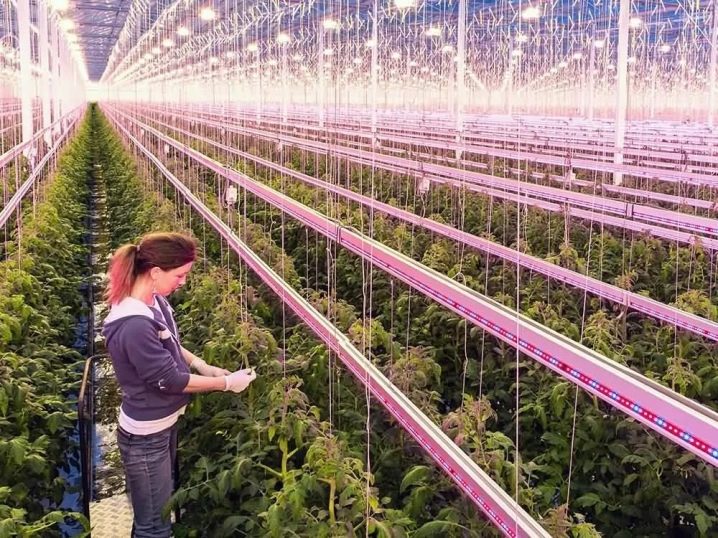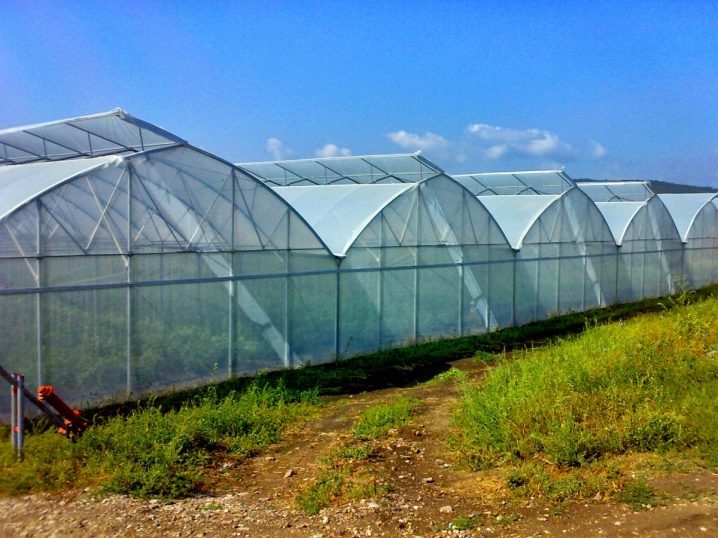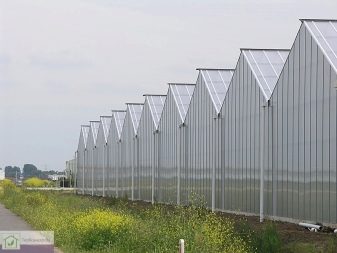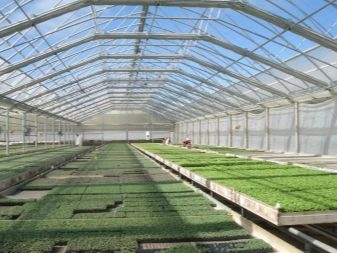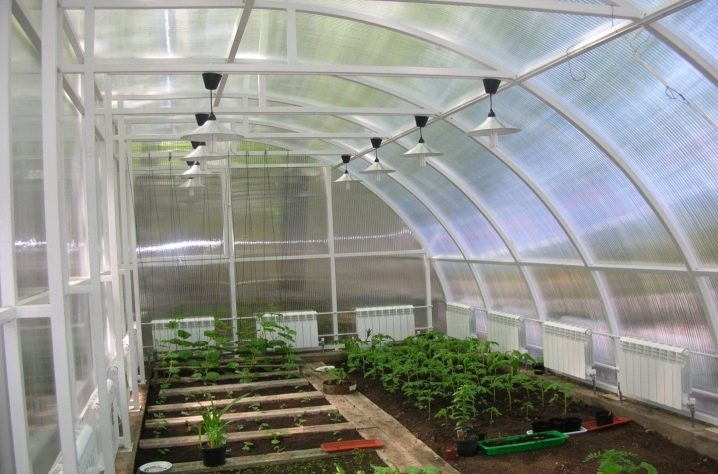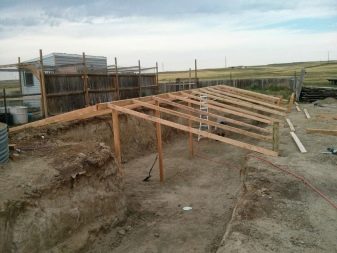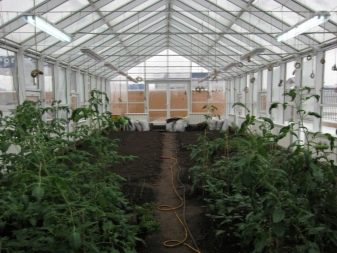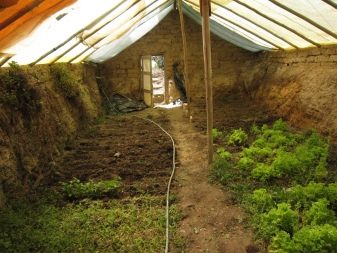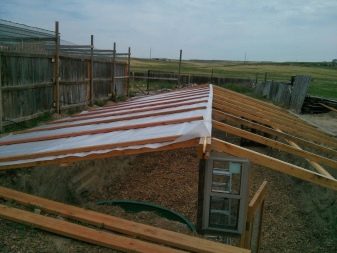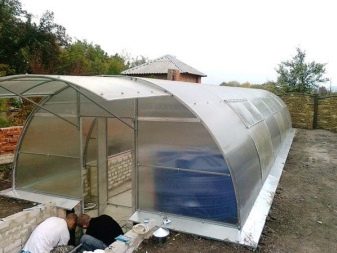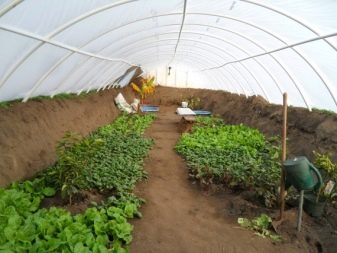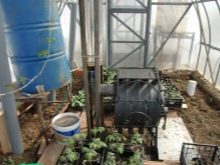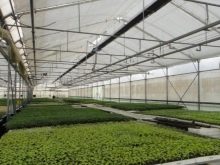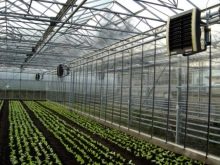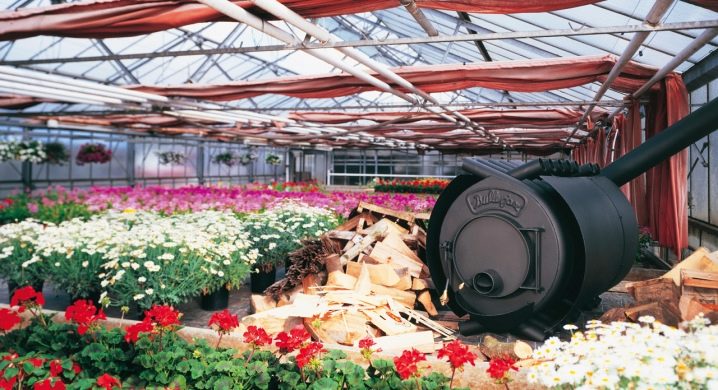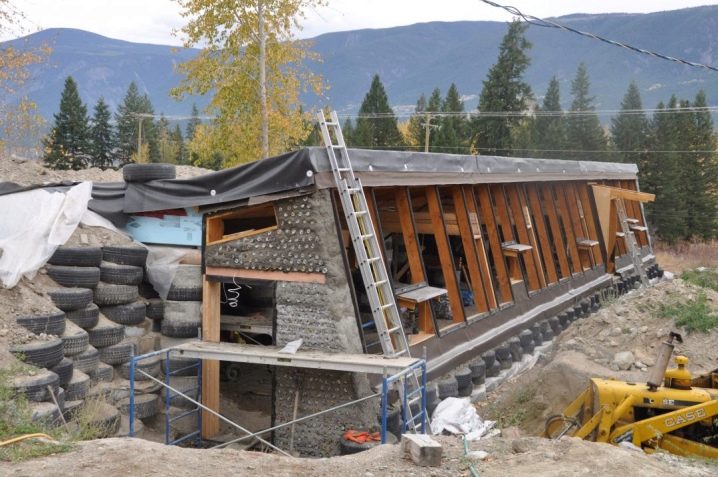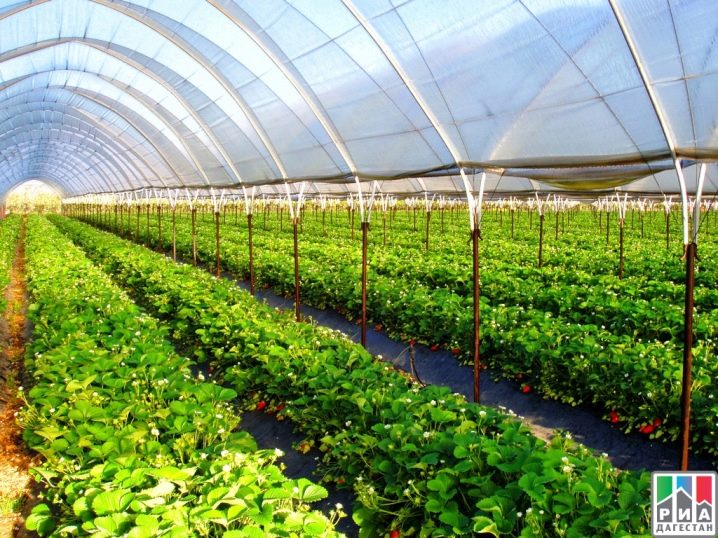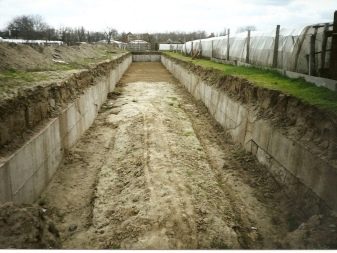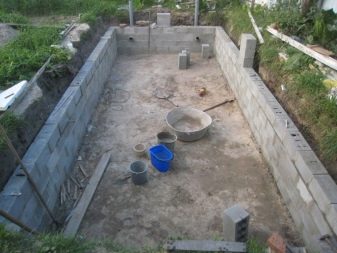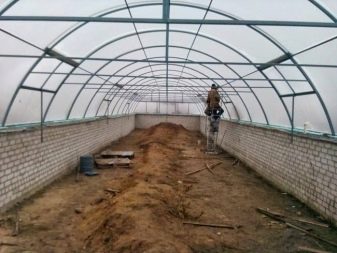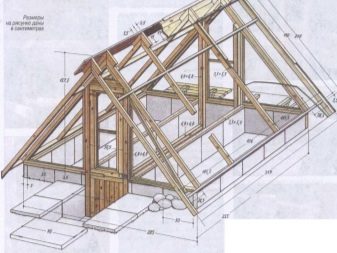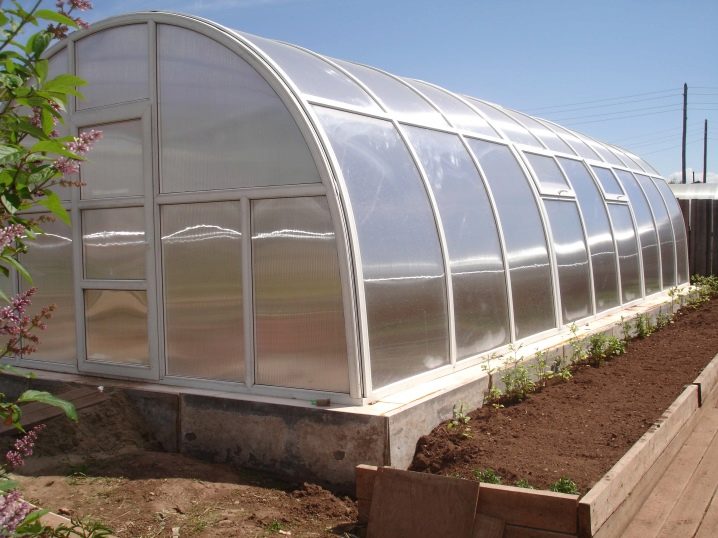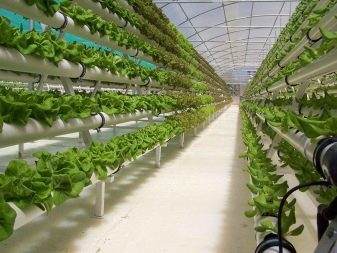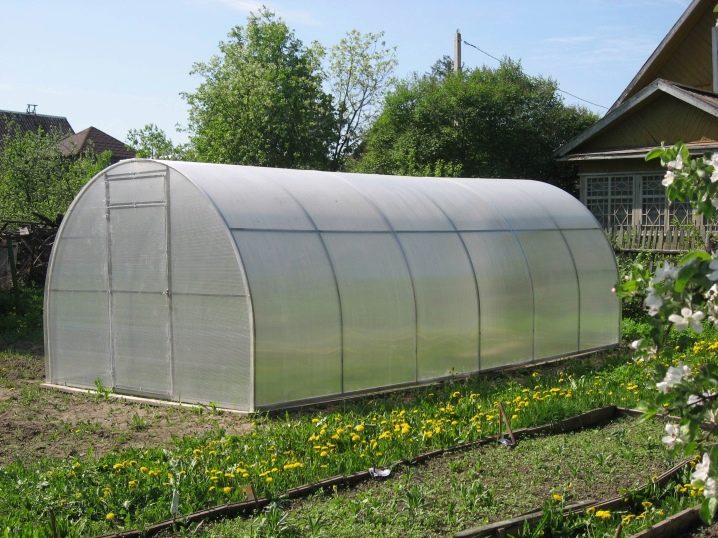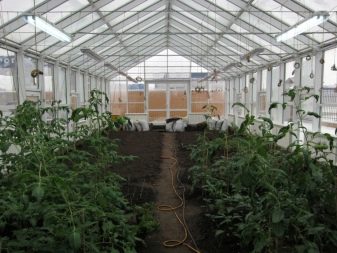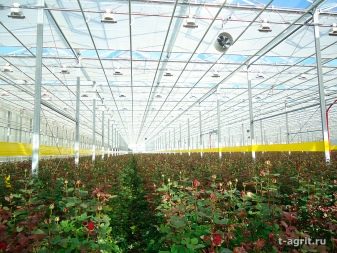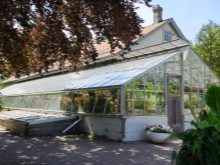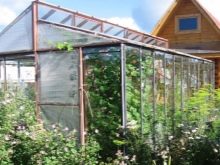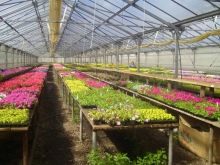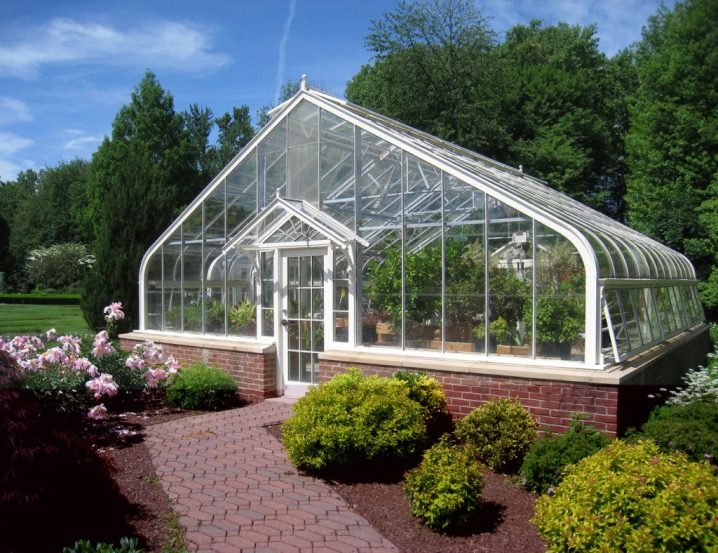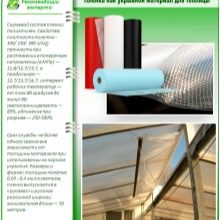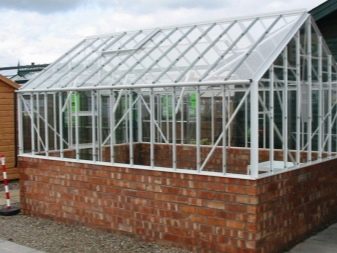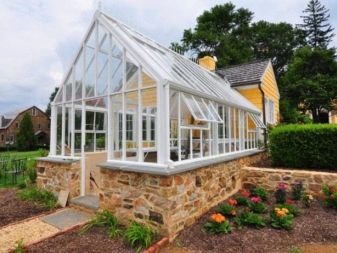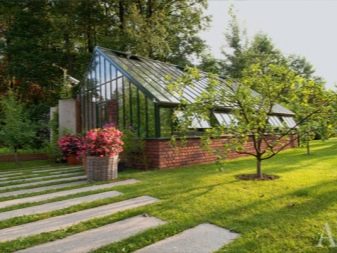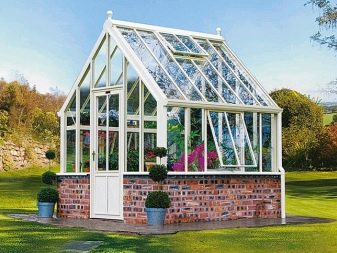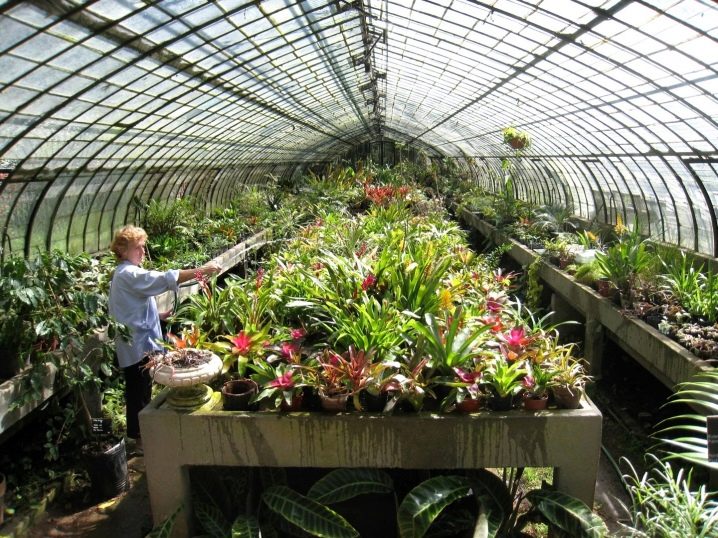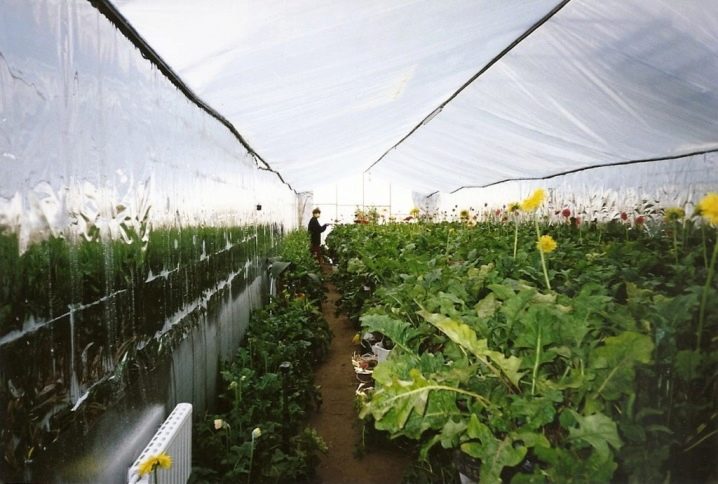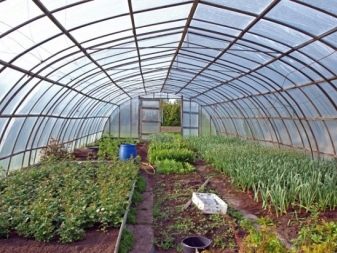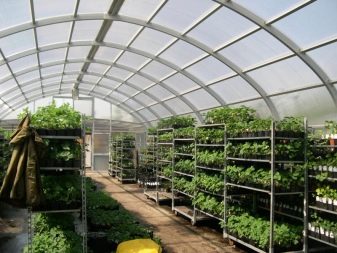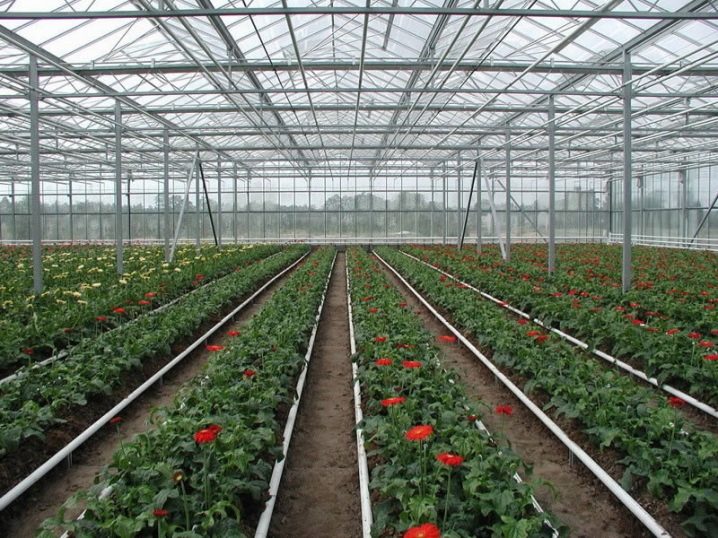Greenhouses for growing vegetables all year round: options for arrangement
If there is even a small greenhouse on the plot, you can grow crops not only in spring and summer, but throughout the year. It is always nice when fresh crispy greens, cucumbers, fleshy tomatoes are served at the table, and if you can grow them on your own plot and get a year-round harvest, it is twice as nice. Under favorable conditions in greenhouse structures, you can achieve a good microclimate, which allows you to use it throughout the year and get a harvest of fresh vegetables and fruits.
Special features
For many summer residents, greenhouses are familiar, inside of which there are temperature fluctuations. For greenhouses that are located in the ground, these shortcomings do not exist.These buildings walls work like a thermos, so you can not spend a lot of money on heating and electricity. The greenhouse-thermos allows you to receive year-round harvest of fresh juicy vegetables and greens.
Underground structures are suitable for growing annual plants and perennial crops. In the greenhouse you can plant small decorative and exotic trees and shrubs, and also here you can start the production of roses or other flowers. Such a year-round greenhouse will allow you to regularly collect vegetables, fruits, herbs and citrus fruits not only for your own use - gardening products can be sold on the market, thereby creating your own small business.
Kinds
In order to have a harvest of fresh vegetables and fruits all year round, they use:
- lean-to designs;
- gable;
- arched;
- block designs.
The size and location of the structure depends on the form chosen for the greenhouse.
Shed greenhouse can be called the most simple structure. Such greenhouses can often be seen attached to the main residential building.
Shed greenhouses have the following advantages:
- construction is inexpensive;
- has good thermal insulation properties, since the capital wall creates an additional source of heat;
- no snow cover remains at the sharp corners of the slope.
Shed greenhouses are used only for home use, where you can grow fresh greens to the table all year round or arrange a winter garden. For industrial buildings do not use them.
Gable greenhouses are located from north to south. They are a separate building with different lengths and widths up to 12 meters.
Such a structure has its advantages:
- used in a small farm, suitable for private use;
- may have different sizes: from 30 to 300 square meters. m, which reduces heat loss in the room;
- structure with good thermal insulation and light.
Among the shortcomings can be distinguished that the intermediate racks interfere to establish a mechanized process. The design has a small inclination angle of the slope, so manual snow removal is required.
The hangar greenhouse is a structure of a gable or arched structure, has a maximum width of up to 25 meters. Due to the fact that there are no racks inside the greenhouse, it is possible to make the most of the space inside the structure.Hangar greenhouses have a large width and angle of inclination of the roof up to 30 degrees, which will require additional costs to carry out heating. To cover more often take reinforced film or polycarbonate.
Hangar greenhouses have advantages:
- thanks to their design, plants receive the maximum amount of lighting;
- it is possible to use mechanics for maintenance;
- it is not necessary to remove the snow manually from the arched structures, as it comes off by itself.
Such structures will require large expenditures both for construction and in the process of exploitation; therefore, it is advisable to use them for commerce.
Block designs are a series of greenhouses that are connected at the sides. At the junction of the joint put upright, so that the costs will be lower. Roofs are divided into separate sections with gutters for water flow. Block designs can have different lengths - sometimes it reaches more than one hectare, so this type of greenhouse is used only for industrial use.
Of the advantages are the following positions:
- the cheapest design for industrial needs;
- has high resistance to wind and snow cover;
- there is excellent illumination on all parts of the greenhouse;
- it is easy to place all systems for operation: heating, watering, lighting;
- the greenhouse is easily ventilated through the roof, on which the air vents are placed.
The disadvantages of this design can be considered that only up to 70% of the area is used. In addition, melt and rain water begins to accumulate in the recess on the roof, which requires an additional system to melt snow and melt water. Block tables are used only for industrial needs - they are not recommended for use in private households due to their size and cost.
If you plan to build a greenhouse on a small plot of land, underground or underground structures are best suited, although for many greenhouses, built in the form of a house or an arched structure, are common. If constructions of this type are constructed, plants will receive sunlight from 20 to 35%, and when cold weather sets in, they will be quite cold.
The school physics teacher, Ivanov, proposed a different construction with a lean-to roof, which has a slope of 20 degrees and a tightly closed wall at the back, which allows the sun to be used to its maximum.Thanks to this design, you can get a harvest much longer.
The technology of construction is called Scandinavian, as it began to be used by people in Europe with a more severe climate. This unique design has almost no flaws. Its main feature is that due to a certain inclination of the roof, the sun's rays do not slide on the surface, but fall perpendicularly - this allows harvesting much earlier.
For many crops, fruiting in the greenhouse begins 20 days earlier than the usual ripening period. This energy-saving design, also called a vegetarian, allows you to get a harvest much higher than under normal conditions.
The choice of design
Many gardeners believe that by planting plants in deeper or underground greenhouses, they will not receive the required amount of sunlight. But this is not the case, because a large amount of sunlight gets onto the plants through the roof, which ensures their good growth.
When choosing a design for the greenhouse, choose one of the options: underground or recessed.
For underground greenhouses characterized by the construction of walls, which are located underground. They are usually built large and adapted for growing annual and perennial crops and trees. The depth of the structure depends on how deep the groundwater will run.
With a buried structure in the ground, only part of the wall is up to 60 cm, the aerial part is above the ground up to 110 cm. The in-depth structure is constructed quite simply, although the heat in it will be less.
On the roofs of earthen greenhouses in the cold season, precipitation in the form of rain and snow accumulates, so they must be cleaned regularly, otherwise the structure may collapse. However, such greenhouses are resistant to gusts of wind.
Underground greenhouses allow you to grow plants that will be heated by the land, which will save money. Greenhouse dugout will allow without heating to keep warm, which will be stable throughout the year.
It is very important for plants that in a year-round greenhouse there should be regular watering with sufficient soil moisture, as well as good illumination.
For regions with a harsh climate, it is better to use heating in greenhouses. The autonomous greenhouse with heating will allow to receive a stable harvest the whole period. For heating greenhouses that operate year-round, use different options.
When electric heating for operation choose:
- convector;
- electrical cable;
- heating mat;
- heat gun.
Often gardeners use stove heating, while the stove is often installed near the entrance. When choosing such a method of heating should be done good ventilation. The advantages of this method is that the stove can be heated with various wastes or firewood - this can reduce the cost of heating.
Independent construction
In order for self-construction of a greenhouse to be successful, everything must be thought out in advance. At the initial stage, it is necessary to make drawings and choose a place for the location of the building. On the sketch you need to specify its parameters, as well as the place where the structure will be located.
When choosing a place to build a greenhouse with their own hands should take into account such factors.
- Sunlight. For plants in a greenhouse you need the maximum amount of daylight.The location of the building from west to east will be most convenient for this.
- Wind protection When constructing a greenhouse, protection against strong winds can be made.
- Convenience in approaching the structure. It is necessary to prepare enough space for use, so that there is an opportunity for access to the greenhouse with carts and buckets.
Before construction should take into account how deep the groundwater lies. In the event that they are very shallow, the construction of the greenhouse will be difficult.
Starting construction, you should dig a pit - its depth must be at least 2 m. When choosing a size, it is taken into account that the length of the building can be arbitrary, and the width should not exceed 5 meters. If you choose other parameters, for example, to build a structure with a depth of 6 meters, the heating of such a structure will be uneven, which will greatly increase the cost of heating.
The edges of the pit should be leveled for subsequent pouring of concrete. The framework of the future greenhouse is installed on the concrete foundation. When the work on the construction of the foundation is completed, they proceed to the construction of the basis for the structure, thermal insulation is fixed from above. Polycarbonate roof is installed on the metal base.
To preserve the internal heat, the walls should be covered with heat insulation.
If the greenhouse is installed in the northern regions, then for its insulation they use foil, which covers the walls in several layers. Such insulation is done only in the cold season.
If you make heated floors, you can install heating in the greenhouse. In a greenhouse, the optimum temperature for plants should be maintained from 25 to 35 degrees Celsius, while taking into account the humidity in the greenhouse. Prerequisite should be constant ventilation in the room. When all the requirements are met, optimal conditions will be created for the functioning of the greenhouse all year round.
When installing the roof, polycarbonate is often used - with a sheet length of 12 meters, a flat surface is created, which eliminates the appearance of joints, as a result of which no drafts appear in the room. To prevent corrosion, all parts for mounting are pre-lubricated.
Advantages and disadvantages
Before construction should develop a scheme for construction. If you plan to grow a winter garden, then you need a certain temperature regime, thanks to which it will be possible to grow tropical plants.For any structure, if it is created by own hands, a solid foundation and a reliable framework are required.
Greenhouses designed for use throughout the year have their advantages and disadvantages:
- vegetables and fruits are grown all year round in a trench greenhouse;
- the underground structure is characterized by a cool temperature on a hot day, which is necessary for most plants;
- these types of structures can be made independently using a diagram or a drawing;
- have a low cost - during construction, you can use low-cost construction and finishing materials.
The most popular hangar models covered with polycarbonate are the testimonials of the owners.
Such greenhouses have many advantages:
- low cost;
- ease of assembly;
- excellent protection from snow and rain;
- plants get the maximum amount of light.
Polycarbonate for building greenhouses has excellent thermal insulation properties, it is very flexible, which allows it to be used for arched greenhouse. Polycarbonate is a very light material - it is 16 times lighter than glass.
Can be used for construction and metal-plastic. Although the independent construction of a metal-plastic greenhouse is not easy, it is usually for this purpose that the services of specialists are used. For such structures, the frame is better to make to order - as a result, it may turn out not very profitable construction in financial terms.
Examples for inspiration
Many gardeners dream to build a real greenhouse on their land - a place where you can grow not only the familiar greens and vegetables, but also all sorts of exotic plants and berries, as well as get inspired by producing magnificent roses, carnations or rare orchids.
A brick building is more suitable for a greenhouse - such a capital structure will be a real home for plants. Although more modern materials are used for greenhouse buildings, greenhouses are still built using metal-plastic and cellular polycarbonate, while brick construction remains the most reliable.
If the owners of the site have at least minimal skills in laying bricks, you can build a greenhouse with your own hands - such construction will not be very economical and will require investment of funds, even in that casewhen all work is done independently and workers are not involved.
First of all, you should purchase the necessary material for construction:
- bricks;
- mineral wool;
- cement and sand;
- board, timber for rafters;
- roofing material;
- window door
These are the main materials, the list may be replenished during the construction process.
A brick building differs from other buildings in that it consists of two rooms and a vestibule, where they install a heating system in the form of a boiler or stove and store all sorts of accessories for the care of plants and the main room.
Small sizes are chosen for the vestibule, for example, 2x2 or 2x2.5 m. For the main room, the dimensions can be any. Between the vestibule and the main room put a capital partition with a door. Usually in a brick greenhouse make windows with transoms.
Beginning the construction of a brick greenhouse, you should pour a strip foundation. If the brickwork will be in one brick, the foundation is poured half a meter deep. In order for the greenhouse to get a lot of light, make windows for fresh air and put transom.
The roof is made transparent with a slope of 30 degrees, a chute is installed at the edges to drain the thawed and rainwater.
In the heated greenhouse, except for flowers, you can grow greens and vegetables.
If you prefer vegetables, then experienced gardeners recommend growing:
- cucumbers;
- tomatoes;
- peppers, sweet and bitter;
- leaf salad;
- Peking cabbage.
Any dish will not do without spiced dill, fragrant parsley, cilantro, basil, green onions. Greenhouse thermos will allow all the year to add greens to your favorite dishes.
In order to have a good harvest all year round, plants should be constantly looked after. Particular attention is paid to the preparation of the soil - the best for plants is considered to be a non-heavy, fertile soil, which has all the substances necessary for plants. For vegetables and herbs is important regular watering and fertilizing.
Under all conditions, it is possible to build a greenhouse on the site for growing vegetables all year round and get a good harvest, which will provide vitamins and essential minerals.
Building a greenhouse could be a stepping stone to creating a home business. on the cultivation of vegetables, fruits and herbs. Particularly relevant for the implementation can be exotic vegetables and fruits, as well as fresh flowers.
How to build a winter greenhouse, see the video below.
